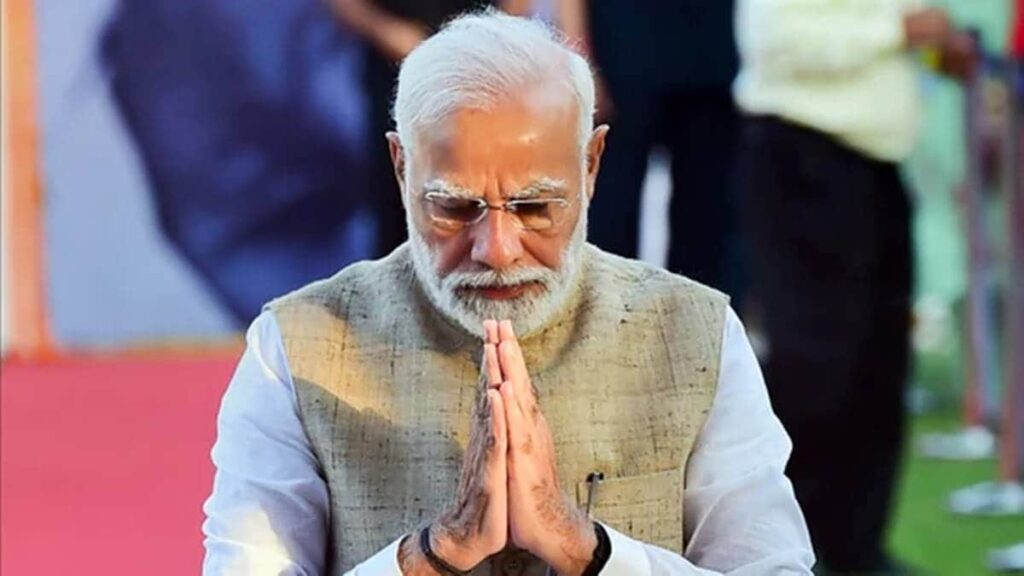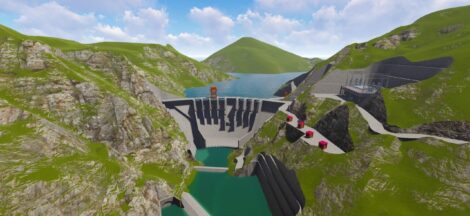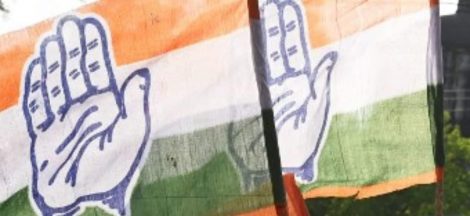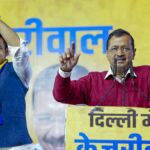Prime Minister Narendra Modi took a holy dip at the Triveni Sangam in Prayagraj during the ongoing Maha Kumbh Mela, underscoring the event’s spiritual significance.
It is significant that the event happens in the backdrop of Delhi assembly elections, in which voting is progressing. The BJP feels the optics of Modi’s holy dip will have an impact on voters in Delhi
Arriving at Arail Ghat around 10:30 am, Modi was received by Uttar Pradesh Chief Minister Yogi Adityanath. The two leaders boarded a boat to the Sangam, the confluence of the Ganga, Yamuna, and the mythical Saraswati rivers. At approximately 11:00 am, the Prime Minister immersed himself in the sacred waters, offering prayers to Maa Ganga.
The Maha Kumbh Mela, which began on 13 January 2025 (Paush Purnima), is the world’s largest spiritual and cultural gathering, attracting millions of devotees globally. The festival will continue until 26 February, culminating on Mahashivratri. Key bathing dates, known as ‘Shahi Snan’ or royal baths, have seen significant pilgrim turnouts, with Basant Panchami on 3 February witnessing over 2.5 crore devotees taking the holy dip.
The event holds profound religious importance, with believers gathering to cleanse their sins and seek spiritual enlightenment. The Triveni Sangam is particularly revered, believed to be a potent site for purification and the attainment of moksha, or liberation.
However, the massive influx of pilgrims has posed significant challenges. On 29 January, during one of the auspicious bathing days, at least 30 individuals lost their lives, and dozens were injured in crowd crushes. Eyewitnesses reported that the incidents occurred around 1:00 am when a surge in the crowd led to panic, resulting in trampling. Many victims were reportedly sleeping near the riverbanks when the chaos ensued. Criticism has been directed at the authorities for inadequate crowd management and insufficient safety measures.
Despite these challenges, the administration has implemented extensive preparations to manage the vast crowds. Temporary infrastructures, including tents, sanitation facilities, and medical camps, have been established to accommodate the pilgrims. Security measures have been intensified, with a significant deployment of police and paramilitary forces to ensure the safety of attendees.
Prime Minister Modi’s participation in the Maha Kumbh Mela highlights the event’s cultural and spiritual importance. His visit aligns with efforts to enhance infrastructure at pilgrimage sites. In December 2024, he inaugurated 167 projects worth Rs 5,500 crore aimed at improving facilities for pilgrims.
The Maha Kumbh Mela is not only a religious congregation but also a significant cultural event, featuring various spiritual discourses, cultural performances, and exhibitions. It serves as a platform for devotees to engage in rituals, seek blessings from saints, and participate in communal activities that reinforce the sense of unity and faith.
The presence of Naga Sadhus, naked ascetic monks smeared with ash and carrying symbolic weapons, is a distinctive feature of the festival. Their processions and rituals attract considerable attention from pilgrims and tourists alike. New initiates undergo ceremonies to renounce worldly ties, receiving new names and sacred threads as they embark on a life of austerity and devotion.
The Maha Kumbh Mela’s scale and significance underscore the enduring power of faith and tradition in contemporary society. As the festival progresses, authorities continue to focus on ensuring the safety and well-being of the millions who gather to partake in this unparalleled spiritual experience.




 Three-cornered contest to decide Delhi’s future
Three-cornered contest to decide Delhi’s future 